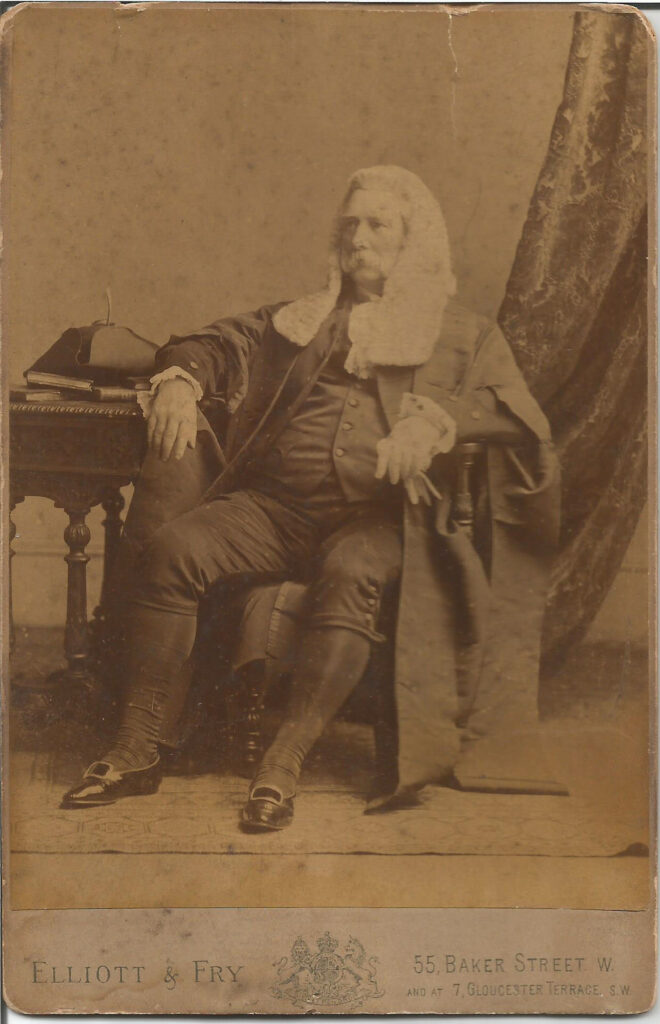Section #2 - A new Constitution is adopted and government operations start up
Chapter 14: The Supreme Court Convenes For The First Time
September 24, 1789
The 1789 Judiciary Act Structures The Court

The branch of the federal government, set up to oversee compliance with the Constitution and Bill of Rights, is finally defined more fully in the 1789 Judiciary Act, passed some two years after the Philadelphia Convention.
It will be called the Supreme Court, and will consist of a Chief Justice and five associates, nominated by the President and confirmed by the Senate. Their duties will include “riding the circuit” – traveling twice a year to “federal courts” in each of thirteen “judicial districts” across the country to identify laws and decisions that may be violating the Constitution.
The Judiciary Act also creates the office of Attorney General, the chief Federal lawyer, who will prosecute all suits that come before the Supreme Court, and provide general legal advice the President and other government officials. Edmund Randolph of Virginia is the nation’s first Attorney General, and a member of Washington’s Cabinet.
All the Justices are lawyers and all are known Federalists. After Jay resigns to serve as Governor of New York. John Rutledge will serve as Chief Justice in 1795, on a “recess appointment” by Washington. The Senate, however, fails to confirm him, and he exits after only four months in office.
The First U.S. Supreme Court
| Chief Justice | Home State | Position When Named | Years on Court |
| John Jay | New York | U.S. Secretary of Foreign Affairs | 1789-1795 |
| Associates | |||
| John Blair | Virginia | Judge, Virginia General Court | 1790-1796 |
| William Cushing | Massachusetts | Chief Justice, Massachusetts Court | 1789-1810 |
| James Iredell | North Carolina | North Carolina State Commissioner of Laws | 1790-1799 |
| John Rutledge | South Carolina | South Carolina Court of Chancery | 1789-1791, 1795 |
| James Wilson | Pennsylvania | Professor of Law, College of Philadelphia | 1789-1798 |
1790-1793
The Court’s Early Case Load And Impact Is Minimal
The number of cases coming before the full court averages less than five per year during Jay’s tenure – and only two have particular significance.
One, known as “Hayburn’s Case,” is never actually decided by the court, but represents the first attempt by the Judicial branch to overturn an act of Congress, rather than simply clarifying its intent.
In a 1792 bill, Congress charges Federal judges with the duty of making recommendations to the Secretary of War regarding the eligibility of Revolutionary War veterans to receive pensions. The judges challenge the act on two counts: the legitimacy of Congress assigning them nonjudicial duties and then also giving a Cabinet member authority to overrule judicial calls. Before this battle is fully joined, however, Congress backs off. Still Hayburn’s Case is the first close call around “judicial review” of laws passed by congress, something that will take center stage with Supreme Courts in the future.
In the second case — Chisholm v Georgia – the Court rules in 1793 that one State can be sued in federal court by a citizen of another State. Anti-Federalists view this decision as another attack on “state sovereignty,” and go so far as to pass the 11th Amendment in 1795, outlawing this interpretation.
The Judicial power of the United States shall not be construed to extend to any suit in law or equity, commenced or prosecuted against one of the United States by Citizens of another State, or by Citizens or Subjects of any Foreign State.